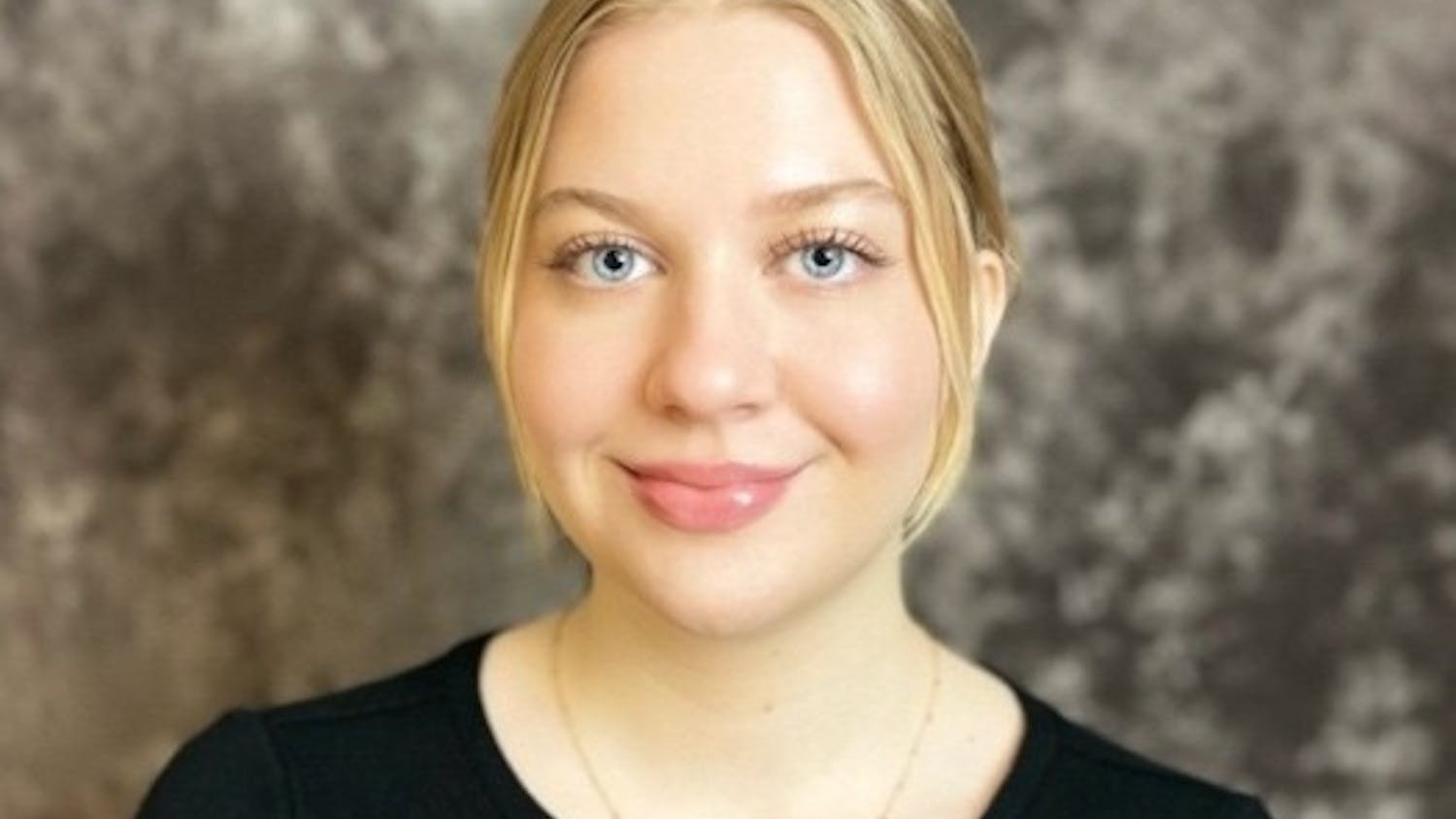For me, fall has always been a paradoxical time of the year. It’s a time of transition – a time to embrace the coexistence and interdependence of life and death and smooth the dichotomy that normally separates them.
I love the way the trees’ bare branches scratch the sky and there’s nothing more satisfying than the crunch of a maple leaf’s skeleton under my shoes. Watching golden leaves fall face-first on an autumn forest floor, rushing to catch them, succeeding and feeling them crumble between my fingers – it’s all death. But it’s a beautiful death.
And there’s also life. Nearly every other lawn in our neighborhood boasts bold yellow and maroon chrysanthemums. When I think of maple leaves in autumn, I don’t just think of death. In fact, I mostly think of life. The colors they diffuse throughout the sky are far from dead. Red, orange, brown, gold and purple – these are the colors that swirl in the air, tap against the window to my room, clog the storm drains, fall in my hair and beg more than a passing glance.
Like autumn, Halloween used to be a time when the line between life and death was less defined. Two thousand years ago, the Celtic people of Northern Europe celebrated Oct. 31 as the end of the year and as a day when the veil between the world of the living and the dead was lifted and the spirits of the dead enter the living world. People dressed up in costumes – which consisted of white fabric and black masks – to ward of the spirits that visited the living world.
Trick-or-treating has its roots in “souling,” a European tradition from the Middle Ages when both poor children and adults would go door-to-door and beg for food. In order to receive food, they would say a prayer, recite a poem, sing a song or do a dance. Often times, they received “soul cakes” – small pastries that were marked with a cross and made with ginger, cinnamon, nutmeg and raisins.
Halloween spread to the United States in the early 1900s with the arrival of German and Irish immigrants. For a short time during World War II, Americans did not celebrate Halloween because sugar was a rationed item. During the 1950s, television shows and cartoon strips popularized Halloween and the idea of trick-or-treating.
This year, Americans will spend more than $7.4 billion for Halloween, according to the National Retail Federation.
Since the holiday first began, Halloween in the United States has shed its religious roots and devolved into a consumerist, secular holiday where it is socially acceptable for completely otherwise content children to dress up and go to door-to-door demanding treats that increase their risk for heart disease. But hey, it’s America, so why not?
In fact, after Thanksgiving, Halloween is probably my second-favorite holiday. What kid doesn’t enjoy a holiday in which three syllables – “trick or treat” – are all it takes to earn a fistful of candy?
My childhood Halloweens were marked by three traditions: rationing out how much candy I could eat per day to make it last at least two months, finding the best places to hide my candy from my sister and giving my parents any Almond Joys I received.
Most of you probably celebrate Halloween the way I do, as a secular holiday. Until I learned about the history, costumes, trick-or-treating and candy meant nothing more to me than simple pleasure. Now, I see how Halloween – a Celtic day recognized as when spirits visit the earth – fits into the scheme of autumn – a season that emphasizes the coexistence of life and death.
email: sushmita.gelda@ubspectrum.com





